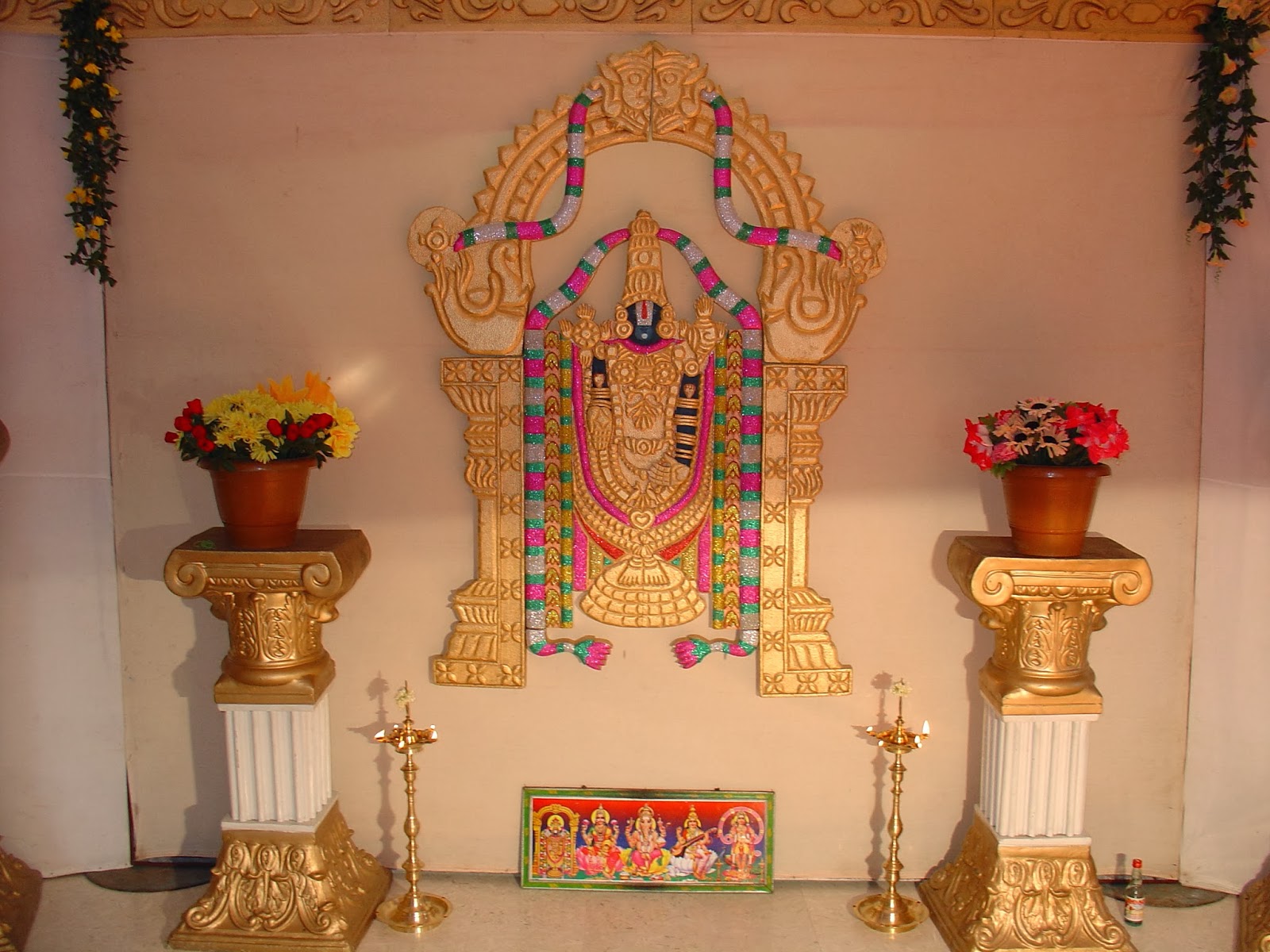Harvest Special: Cowpeas and Brinjal (eggplant) Masala Kuzhambu
The harvest festival celebrated in all four quarters of India is commonly called as Makara Shankranti. Regionally, they are called by different names: Pongal in Tamilnadu, Sankranthi in Karnataka, Andhra Pradesh and Telangana, Khichdi in UP and Bihar and Uttarayan in Gujarat. As always, the commonality lies in the purpose of celebration - Harvest! What else could be as big as this exciting event? The Tamil month of aadi (July 17th - August 16th) is a significant month for sowing and investing in land, followed by two months of calm weather that would help in germination and first-quartile growth of the crop. Then comes the voracious North-east monsoon that helps in the most expected growth spurt of the crops. It calms down by the end of November with gentle drizzles. The next month goes on without much excitement, and by the end of December, the busy preparations for harvest starts, and hence festivals, offerings and excitements begin!
The month of Maargazhi (December 16th - Jan 14th) is marked by bhajanais (carols for God) and kutcheris (song renditions) in the temples. The stupendous Kolam (rangoli) with a supposedly-auspicious small mass of cow dung adorned with a fresh pumpkin flower gives that complete look of Maargazhi! I was fascinated by those huge rangolis my cousin used to draw at the doorstep. It was much fun to watch her prepare for it the previous night. She had a one quire book filled with different Kolams, and I and my sister used to suggest her which one will take shape the next day. Sun rose only after she completed the Kolam!
Sankranthi day is also called bogi day in Tamilnadu. On this day, old and worn-out things are thrown in fire, and people get ready for a new beginning. Small bunches of leaves with aavarampoo, kaappu and neem leaves are hung all around the house. Each of those leaves and flowers have antiseptic properties, and it is believed that they protect the home from evils.
My favorite part is the food that is made on this special day. It is a simple dish that is made out of seasonal vegetables and lentils from the farm. Avarai (flat valor) and thattai payaru (also called kaaramani in Tamil or lobia in Hindi or cowpeas in English) are the most common crops that bear fresh and thick pods during the season. The taste of the dish varies from region to region and from family to family. Since I am from an agriculture-based family, this dish tops everything that is made on this special day. The whole point is to bring out the best from those fresh harvests. No sweets or special items are made. All the dishes are offered in banana leaf, followed by a short sankalpam and aarathi.
Here, I don't have fresh flat valor, cowpeas and pumpkins. So, I decided to make a simple dish with dried cowpeas that I bought from India the last time I visited. I soaked it before I cooked and added brinjals to it. It is such a simple dish, but a matchless one. The joy of eating fresh produce and the original flavor of vegetables themselves make it more special.
Ingredients:
1. Cowpeas - 1 cup
2. Brinjals - 4- quartered
3. Shallots - handful - chopped finely
4. Green chilies - 3
5. Curry leaves - 1 sprig
6. Tomatoes - two small sized or 1 large - chop them into small pieces
7. Salt to taste
8. Mustard seeds - 1 teaspoon
9. Sesame oil - One and a half tablespoon
10. Sambar powder or all-purpose milagai podi - This is a readily available stuff in every Tamil household. I shall come out with an exclusive recipe for this soon. You can also use a teaspoon of store-bought sambar powder instead.
Method:
1. Soak cowpeas in lukewarm water for about 5 hours. Pressure cook them with three cups of water and a little salt for 7 whistles.
2. Heat oil in a thick-bottomed pan. Add mustard seeds, and once they start spluttering, add green chilies, curry leaves and shallots. Fry them until the shallots turned translucent. Add chopped tomatoes, and fry them for few more minutes.
3. Add the brinjals, and fry them well for a minute. Then add salt as per taste. Add two teaspoons of the all-purpose milagai podi or a teaspoon of sambar powder. Mix well, and add some water to cook the brinjals.
3. Add the brinjals, and fry them well for a minute. Then add salt as per taste. Add two teaspoons of the all-purpose milagai podi or a teaspoon of sambar powder. Mix well, and add some water to cook the brinjals.
4. Once the brinjals are soft enough, which may take up to 12 minutes on medium flame, transfer the contents of pressure cooker into the pan, and keep cooking. Adjust salt.
5. Let the contents boil for 10 minutes on medium flame. The preparation should be watery. The taste of cowpeas and brinjal is the highlight! Love it....
This should be eaten with hot rice or saamai arisi (saamak-ki-chaawal in Hindi or little millet in English). I could only share a few of the rituals and traditions associated with Sankaranthi. I look forward to sharing many in the coming years. Childhood memories, rituals, traditions, dreams, principles, realities and FOOD - that is what life is all about!
Hope you all have a wonderful year ahead, and may your dreams come true.... See you all shortly with a Pongal-special dish.









Comments
Post a Comment